VN, RoK wrap up FTA negotiations
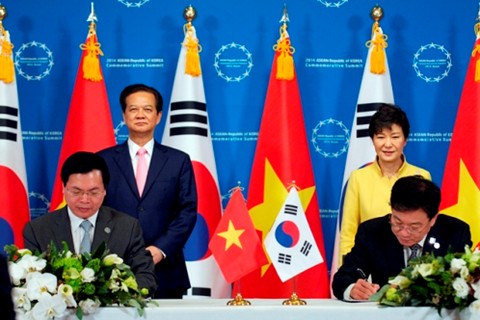 |
| PM Nguyen Tan Dung and President Park Geun-hye witness the signing ceremony of the minutes on conclusion of negotiations on a bilateral free trade agreement between VIet Nam and the Republic of Korea, Busan, December 10, 2014 - Photo: VGP |
The event was witnessed by PM Nguyen Tan Dung and President Park Geun-hye during the former's working visit to the RoK to attend celebrations of the 25th anniversary of the ASEAN-RoK dialogue relations.
The two countries started the FTA talks on August 6, 2012. After eight official negotiation rounds and eight mid-term and chief negotiator meetings, the two sides basically approved of the contents of the agreement on a comprehensive scope with high commitments and ensuring balanced mutual interests.
The FTA chiefly focuses on the trading of goods (commitments to tax cuts) and services (including appendix on telecom, finance and so on), investment, intellectual property, measures on food hygiene and safety, rules of origin, customs facilitation, trade defence, technical barriers in trade, e-commerce, institutions and law, and economic cooperation.
The RoK will offer tariff cut and new export opportunities for Viet Nam’s key agro-fishery products including shrimp and fish and tropical fruits, and industrial products such as garment-textile, and mechanical products. Additionally, the RoK agreed to give more opportunities for Viet Nam’s services and investment, while enhancing economic cooperation and providing technical assistance in various fields for Viet Nam. For the first time, the RoK allows Vietnamese garlic, ginger, honey, and shrimp to enter its market, giving an advantage to Viet Nam over other competitors in the region.
In return, Viet Nam will offer preferential treatment for the RoK’s industrial products such as materials and accessories for textile-garment, plastic materials, electronic parts, trucks and cars of 2,500cc and over, automobile parts, electrical home appliances, iron and steel products and electric cable. The RoK will liberalise tariff for 95.43% of its tax lines. Meanwhile, Viet Nam also pledges to grant 89.75% for the RoK.
The FTA is expected to help improve the import efficiency for the production of export staples such as garment-textile, footwear, and electronics, while increasing the rate of high-added value products.
Other commitments on services, investment, transparent and open investment climate and fair competition in accordancewith international rules are expected to raise investments from the RoK, especially in the high technology and processing industry.
The two sides are completing remaining technical issues and necessary procedures so as to officially ink the FTA in early 2015.
What the stars mean:
★ Poor ★ ★ Promising ★★★ Good ★★★★ Very good ★★★★★ Exceptional
Latest News
More News
- 10 bright spots for planning and investment in 2024 (December 28, 2024 | 15:00)
- SABECO announces dividend amid solid financials (December 27, 2024 | 16:27)
- Tetra Pak’s Direct UHT technology a boon for coconut industry (December 24, 2024 | 08:00)
- Ho Chi Minh City Metro Line No. 1 officially opens (December 23, 2024 | 14:39)
- Vietnam SuperPort partners Vietnam Post in digital logistics to accelerate SME growth (December 18, 2024 | 09:53)
- More than $2 billion boost to growth as UK joins CPTPP (December 16, 2024 | 17:25)
- Enterprises awarded for pioneering innovation to attract talent (December 16, 2024 | 16:43)
- CIEM raises growth prospects for Vietnam (December 13, 2024 | 10:55)
- Decoding the variables shaping investments in 2025 (December 13, 2024 | 10:53)
- Vietnamese enterprises embrace value creation model (December 13, 2024 | 09:00)



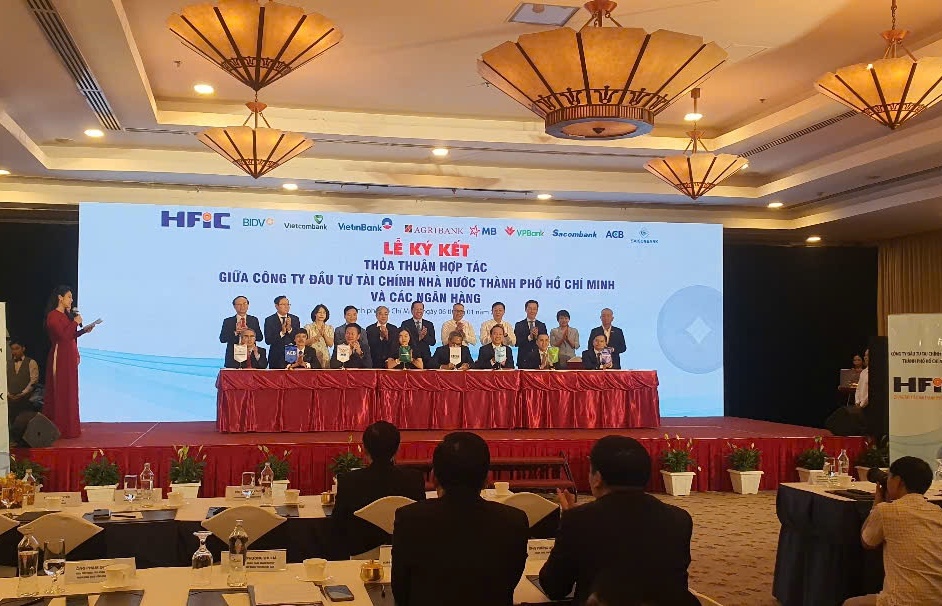
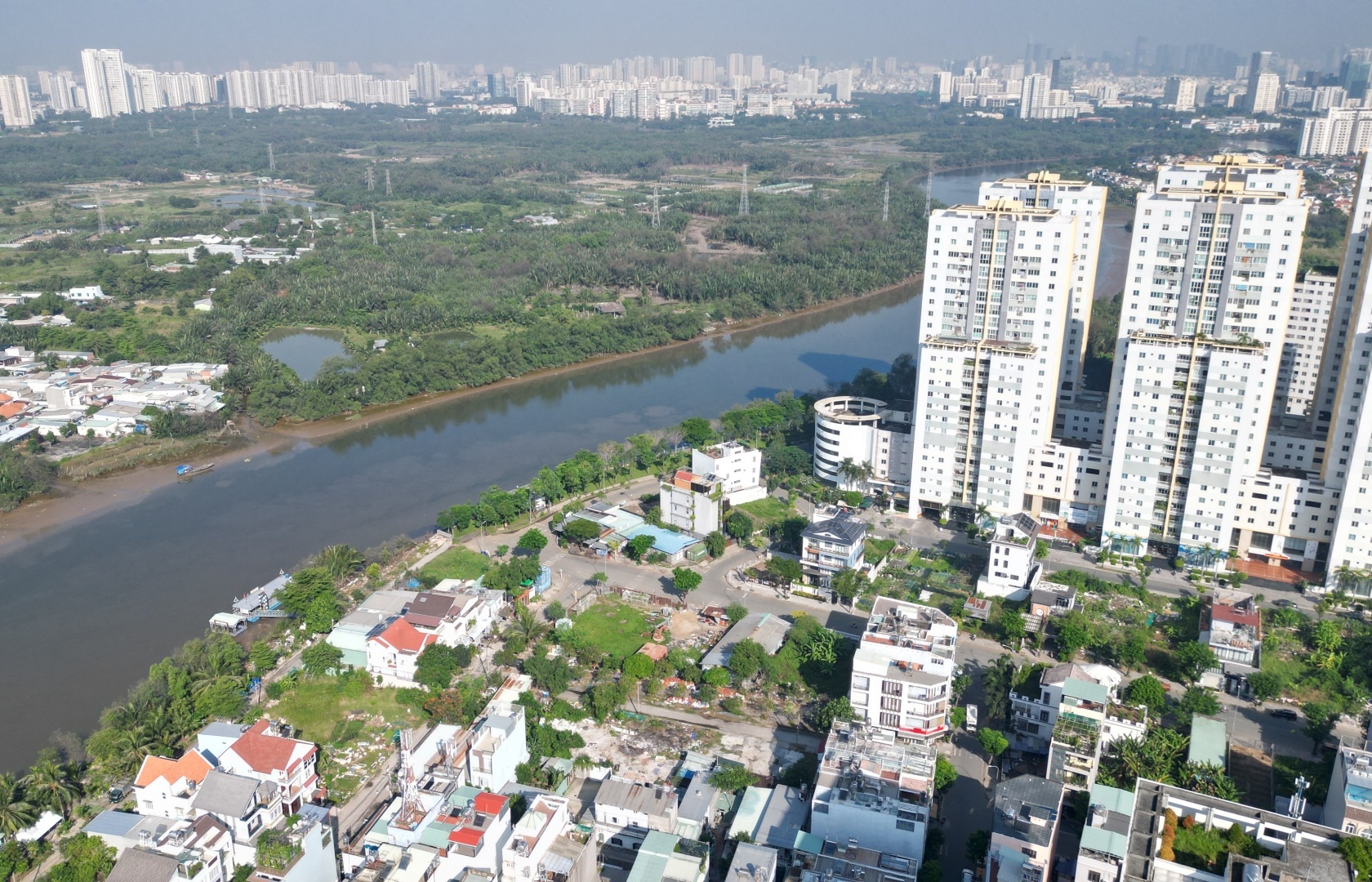

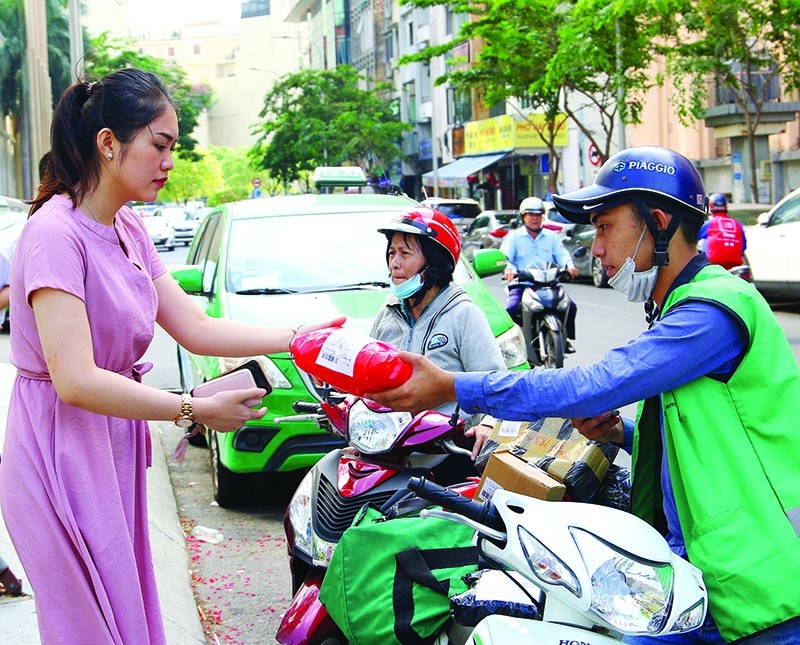
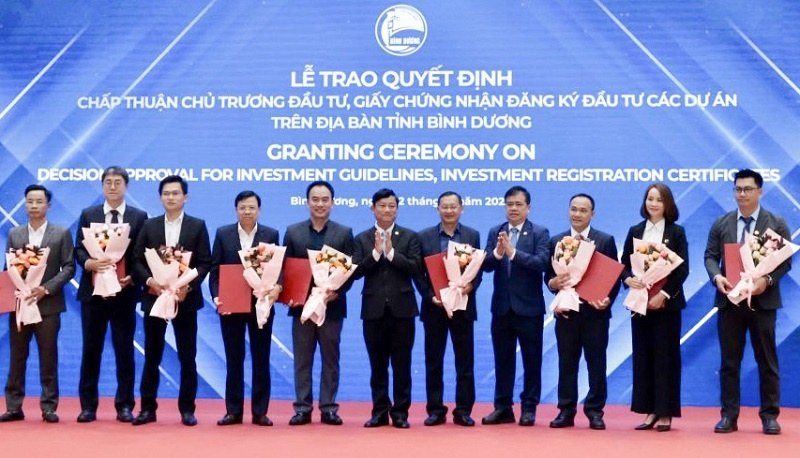
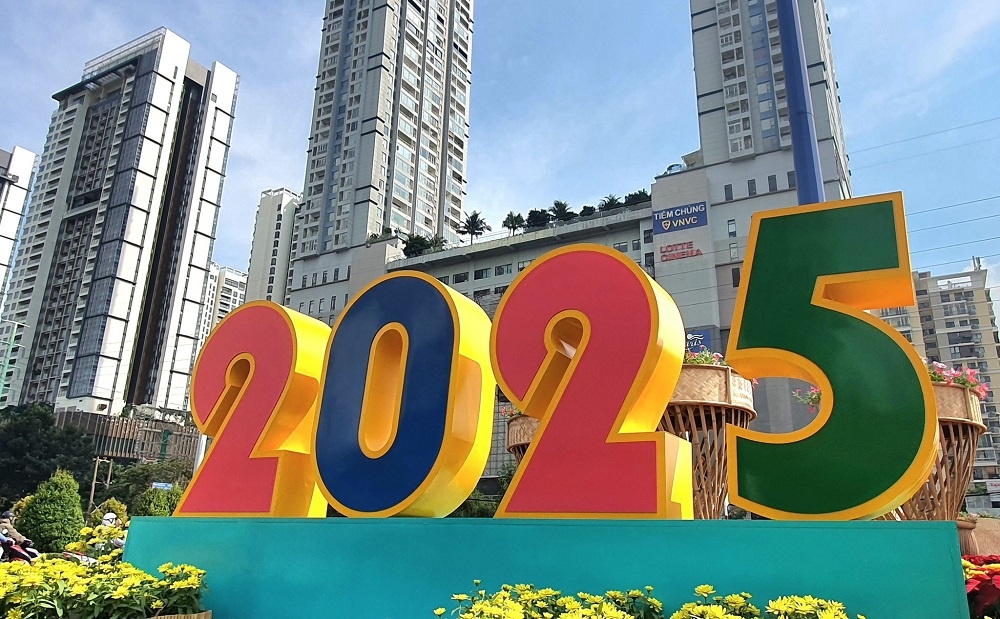









 Mobile Version
Mobile Version